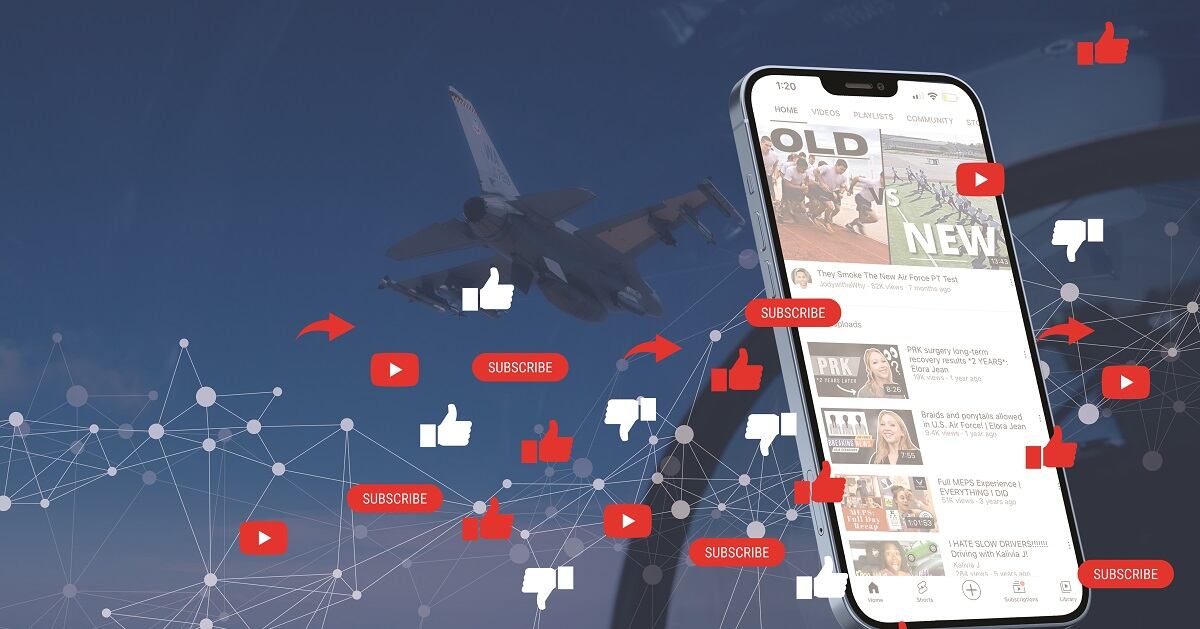The next frontier in military recruitment isn’t a high school hallway or a grocery store entrance. It’s YouTube.
For years, Air Force officials have bemoaned the growing number of Americans who are too overweight for military service, have a criminal record, or are simply uninterested in enlisting. Recruiters are struggling to hit the service’s goal for new airmen in what they call the toughest year since 1999.
What’s more, initiatives to build a force that reflects the U.S., with more women, people of color and other minorities, aren’t bearing fruit as quickly as leaders would like.
But airmen who have amassed followings on YouTube, America’s most popular social media platform, told Air Force Times that even after the coronavirus pandemic temporarily shut down in-person recruitment, the military still doesn’t understand what it needs to do to meet Generation Z and Millennials where they are: online.
“They’re always like, ‘Oh, [operational security], we don’t want you to post anything,’” said Capt. Veronica Collins, a medical officer at Joint Base San Antonio, Texas, with nearly 10,000 subscribers and more than 1 million views on her YouTube channel.
“Social media is how we get the attention and the recruitment and the diversity,” she said. “They need to break away from that tradition.”
‘Being real’
Official Air Force ads portray people who are airmen; YouTubers show airmen who are people.
Air Force Times spoke to six airmen who moonlight as content creators, showing a more personal, less-scripted side of military life. They include a recruiter, a public affairs airman, a healthcare administrator, a mental health specialist, a materiel manager for a tactical air control party unit and a former intelligence analyst.
Whatever you call them — influencers, social media personalities, lifestyle bloggers — they are among the military’s most public faces. And their millions of viewers are listening.
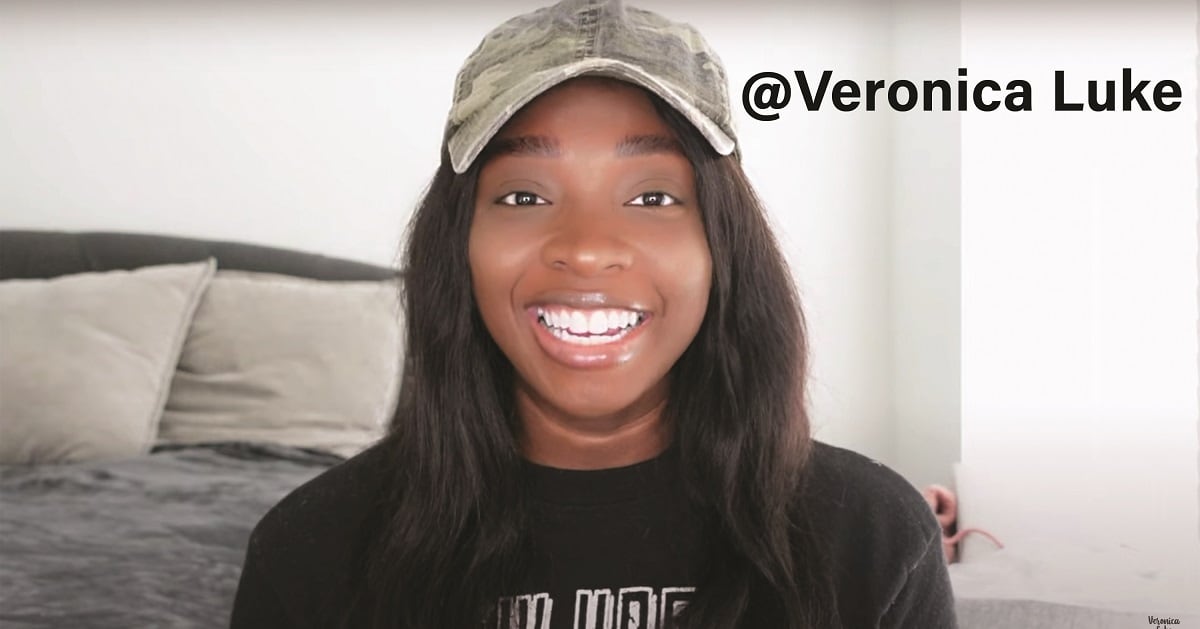
“We’re the on-the-ground recruiters,” said Airman 1st Class Dominga Harris, a mental health technician with more than 13,000 YouTube subscribers and 1.6 million views. “We’re giving people the truth — or, at least, our experience. People gravitate towards that, especially if you’re being real with them about what you’re going through and not sugarcoating what the military is.”
Images of reenlistment ceremonies and deployed life pop up alongside updates on parenthood, fashion and fitness, and social media challenges. Airmen discuss different career fields, and walk viewers through their morning routines before work.
Their posts range from family members trying Meals, Ready to Eat, for the first time; to practical tips and tricks on packing for Basic Military Training; to professional information on different career fields.
Some started out by creating other kinds of content, like makeup and hair tutorials, or by learning to make videos as a marketable skill. Others were inspired by popular YouTubers like Kyle Gott, a former enlisted airman whose “Airman Vision” channel has attracted 188,000 subscribers and 24 million views since 2011.
While the armed services fret about dwindling recruitment numbers, the airmen say they still see an appetite to learn about joining the military.
Their viewers are largely high schoolers who are considering enlisting, or people exploring a path forward in their 20s and 30s. By far, their most-watched videos discuss recruitment and what to expect at Military Entrance Processing Stations and Basic Military Training.
Recruiters are dropping the ball on giving prospective airmen a fuller picture of what military life looks like, some of those YouTubers said. They also criticized recruiters for being too narrowly focused on certain career fields, or for failing to explain the waivers that are available if someone’s medical record isn’t perfect.
With those people in mind, airmen share their achievements, their struggles and the details they wish they’d known earlier.
“I get probably like 50 [to] 100 direct messages a week of people asking me, ‘Hey, can you help me? My recruiter doesn’t know about … medical officers. They don’t know how to help me,’” Collins said.
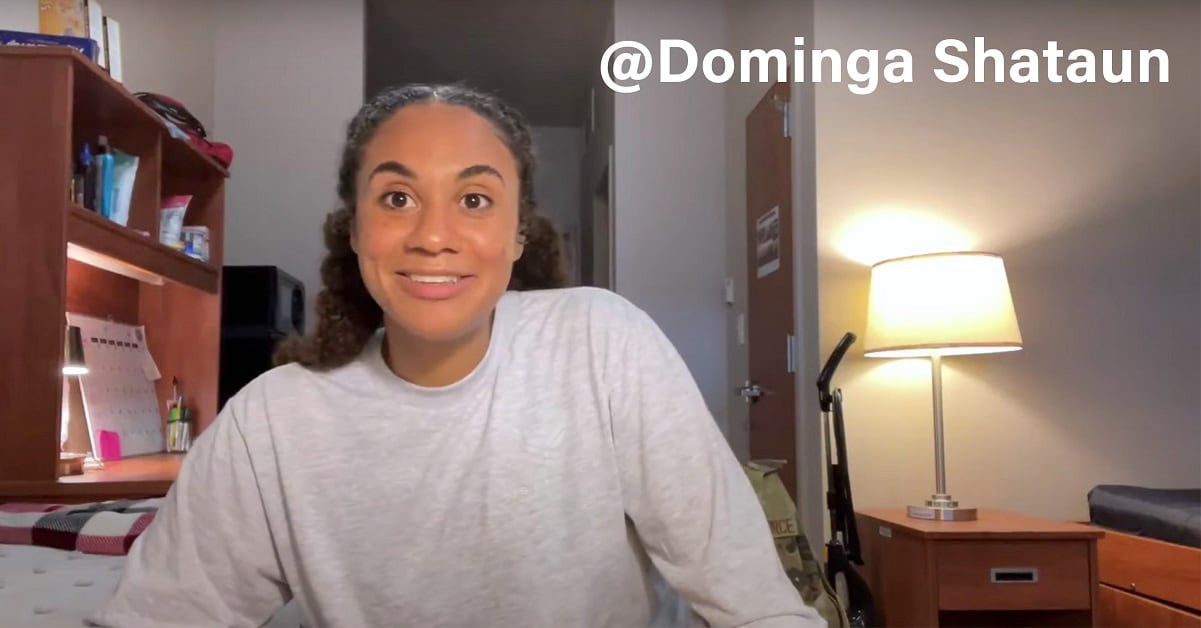
Brittany Lewis, who recently separated from the Air Force as a staff sergeant, said she put off joining the military until her late 20s because she felt she didn’t have enough information to take the plunge at 17.
“They’re looking not just for information, but encouragement, inspiration,” the former intelligence analyst said. “When we know that someone else can do it, [we think] we can too.”
‘The trust factor’
The rise of social media began in earnest soon after the Sept. 11, 2001, terror attacks on the United States spurred a new generation to flock to military service. Facebook launched in 2004; YouTube began the year after.
Since then, that drastic shift in where people get their information has coincided with multiple other trends of the post-military-draft era: a widening civilian-military divide, illustrated by a shrinking active duty force and a declining number of Americans who personally know someone in the military; public burnout after 20 years of war in the Middle East; and less widespread trust in the armed forces.
As early as 2011, about one-third of Americans ages 18-29 who participated in a Pew Research Center survey said they had an immediate family member who served in the military. That’s about half of respondents ages 30-49, and far less than people ages 50-64 (79%) and 65 or older (76%).
Military veterans made up 18% of U.S. adults in 1980, compared to 7% in 2018, the nonpartisan research group added.
“Over the past half-century, the number of people on active duty has dropped significantly, from 3.5 million in 1968, during the military draft era, to about 1.4 million (or less than 1% of all U.S. adults) in today’s all-volunteer force,” Pew said in April 2021.
To complicate matters, the New York Times reported July 14 that less than a quarter of young adults in the U.S. are fit enough to enlist and have no disqualifying criminal record, and that nine out of 10 young people would not consider joining.
To the airmen of YouTube, however, the statistics reflect a jargon-laden, too-stiff military that has lost connection with today’s prime workforce.
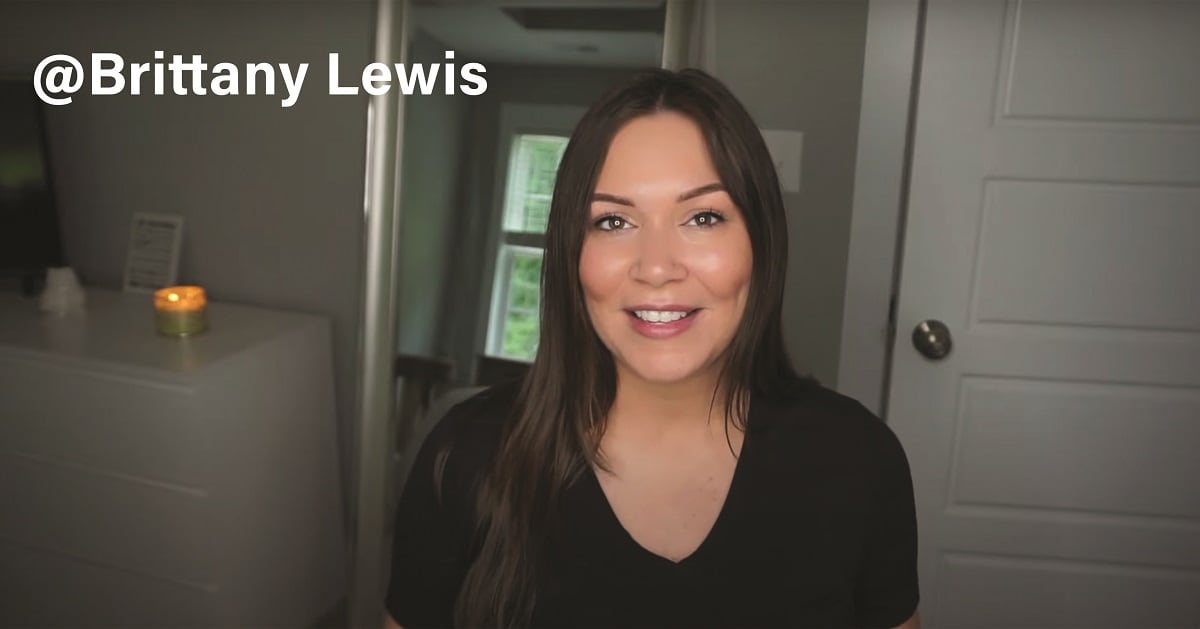
“The age group that is joining the military now grew up on social media. … That’s their automatic go-to when they want to know something,” said Air National Guard Tech. Sgt. Ladeania Jackson, a tactical air control party materiel manager at Joint Base Langley-Eustis, Virginia, who has around 3,500 subscribers and 350,000 views.
“There’s so many different videos you can go to, but you’re going to pick a video [with someone who] relates more to your personality,” she said.
A 2021 Pew study found that 95% of 18- to 29-year-olds in the U.S. watch YouTube — more than 20 percentage points ahead of the runner-up platforms, Instagram and Facebook.
“If forced to choose, teens say YouTube is the site that they wouldn’t want to live without,” added a 2021 Common Sense Media survey of children’s media habits. “In fact, watching online videos is the favorite media activity among 8- to 18-year-olds, appealing to both tweens and teens, boys and girls, and across racial/ethnic groups and income levels.”
Plenty of military marketing is tailored toward people who already know they have an interest in aviation, public service or military culture. But the algorithms used by YouTube and other social media platforms can suggest content that is tangentially related to what a viewer has watched, even if they don’t specifically search for military videos.
For example, someone watching typical hair tutorials could stumble upon videos by female airmen demonstrating braids and twists that meet the Air Force’s new hair regulations, which may pique their interest in other content on military life. Or, browsing workout videos could lead a viewer to vlogs on preparing for the Air Force fitness test.
The relative anonymity of the Internet can make exploring those options more comfortable.
“People may want to talk to you [in person], but they may psych themselves out,” said Master Sgt. Jody Reed, a recruiting instructor in the Air National Guard. “On the Internet, it’s like, ‘I can just send him a message and there’s no pressure.’”
Reed’s YouTube channel, “JodywithaWhy,” has garnered more than 15,000 subscribers and 2 million views since March 2020.
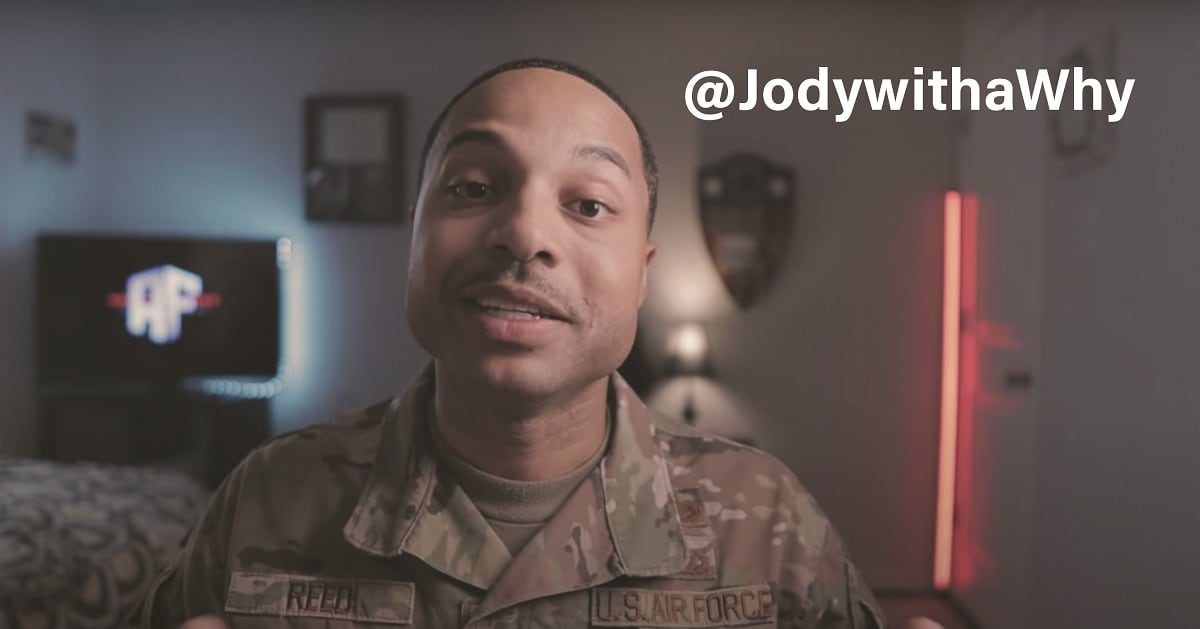
Social media does a recruiter’s work for them, Reed argued. A recruiter can spend eight hours talking to a limited number of shoppers in a grocery store, but YouTube videos and Instagram posts are available around the clock to anyone online.
And in an overwhelmingly white, male military, social media lets Americans outside of that majority hear directly from airmen like them.
“I think I hit an untapped market because I’m a woman, and things I talked about included drama at [Basic Military Training, and] what do you do when you get your period?” said Staff Sgt. Elora McCutcheon, a public affairs airman who has more than 45,000 subscribers on YouTube and 10,000 on Instagram.
The need for representation is particularly true for women of color, and for people across the lesbian, gay, bisexual, transgender and queer spectrum, airmen told Air Force Times.
Minority airmen need to create content to make their voices heard, especially in cases where service regulations affect them differently, Jackson said.
“A lot of the hairstyles weren’t meant for women of color,” she said. “A lot of us are making videos, to … go over those new things that were keeping a lot of women of color out of the military.”
Reed noted that most people who reach out to him are Black like him: “They say, ‘I’m so glad that someone like you is telling me how to join the Air Force, because I would have never done this before.’”
“Recruiting could be super easy if the Air Force started focusing more [on] a social media presence, rather than commercials and the traditional marketing style that they’ve done in the past,” Reed said. “It’s the trust factor.”
Behind the times?
The Recruiting Service declined to answer how much money it spends on outreach and marketing across different platforms, but has started to acknowledge the value of an authentic social media presence.
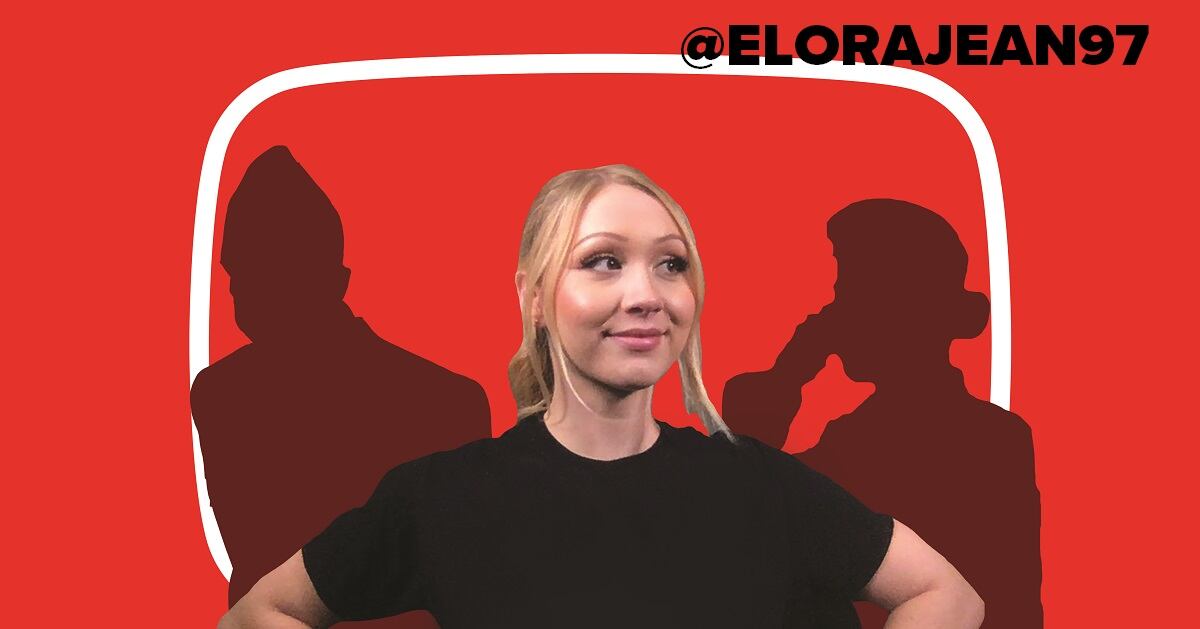
Some recruiters with especially popular Facebook and Instagram accounts have been promoted for their online presence. The Recruiting Service refers to an unofficial network of its airmen who are particularly active on social media as “influencers,” recruiting boss Maj. Gen. Ed Thomas told Military.com in 2020.
Master Sgt. Kenton Disbrow, of the 339th Recruiting Squadron in Michigan, told Air Force Times in an interview earlier this year that social media could upend the service’s usual regional approach to recruiting.
Disbrow pointed to a fellow recruiter who gets “millions” of views and messages on Instagram from people around the country who say the posts convinced them to reach out. Then the recruiter asks where they live and connects them with an airman in their area.
“That’s one thing that I think is definitely innovative — use people’s talents to spread the message,” Disbrow said. “I guarantee she can outperform me.”
Reed suggested that the Air Force should bring content creators on its own social media channels, to allay any concerns about someone making money off of the service’s brand.
Or, they could ask more airmen to make slick, informative and entertaining videos like those of 1st Lt. Sam Eckholm, a public affairs officer whose YouTube channel alone has racked up more than 158,000 subscribers and 12.4 million views. He declined to be interviewed.
The service should invest more time and money into documenting airmen’s daily lives at work and at play, Reed said.
“People think that once you’re in, that is your life,” he said. “They think [airmen] give up all of those freedoms, and they’re just bound to this job and the base every day.”
‘Are we propaganda?’
Airmen who spoke to Air Force Times think the service has been slow to embrace influencers, whether within its own ranks or not, because it is wary of partnering with people who may be affiliated with brands that aren’t officially endorsed by DoD.
YouTubers can make money based on the number of views each video attracts, on product recommendations and on particular search terms for which companies are willing to pay extra.
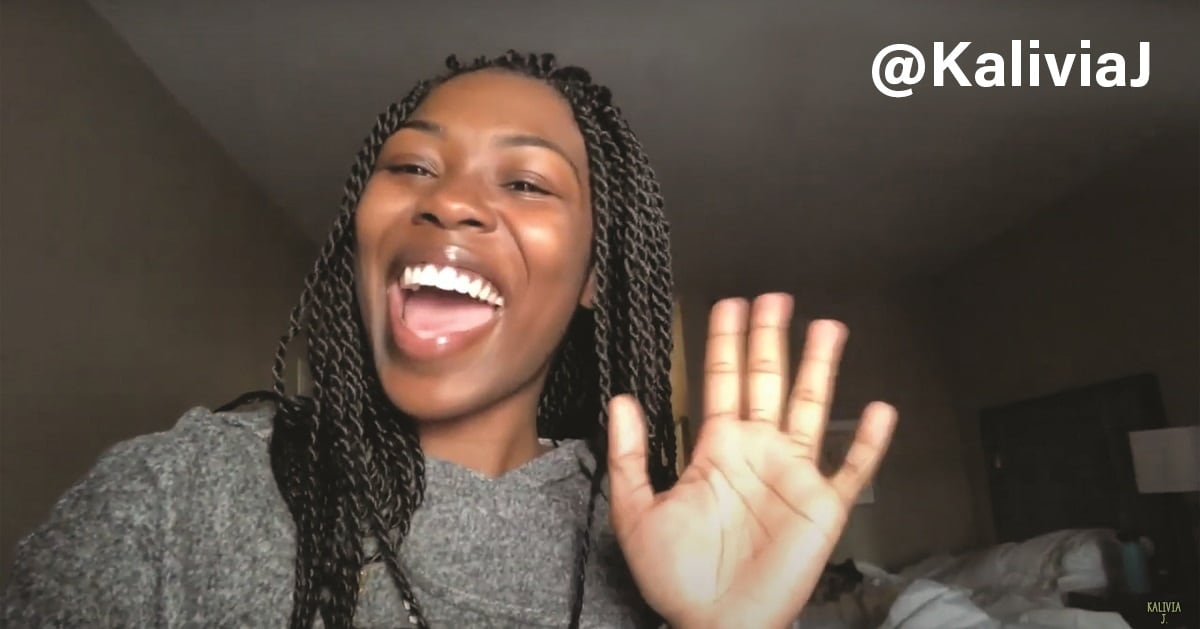
That has fueled a misconception that all service members who have built a social media brand for themselves are doing it for attention or to make money on product endorsements, the airmen said.
McCutcheon argues her dual perspectives as a YouTube and Instagram creator and as a trained military communicator give her a leg up. But not everyone sees it the same way.
McCutcheon said she’s been turned down for social media positions with the Thunderbirds and F-35 demonstration teams in part because of her online presence — the experience she says makes her uniquely qualified to share those stories with the public.
The F-35 demo team was concerned McCutcheon would use her position for personal gain, while the Thunderbirds told her they felt posting photos in a bathing suit on her personal Instagram was “suggestive,” she said.
She was also criticized for turning some YouTube videos into clickbait with titles like “Do your research before joining the military,” which tells viewers not to join if military life isn’t a good fit for them. The video has been viewed more than 48,000 times.
That feedback has been frustrating. McCutcheon says she’s at a crossroads where she may have to pull back from content creation in order to achieve her professional goals.
“The difference between being free and having a voice, versus, you have to share this message and it must be approved by five people and it has to go through a certain process in order to go to the public — are we social media and public affairs, or are we propaganda?” McCutcheon said.
‘A fine line’
Still, airmen acknowledge that troops who behave badly online detract from the Air Force’s public image. Writing an updated, more nuanced policy on social media use is one of the digital-age hurdles that lie ahead.
“There’s a fine line between having fun in uniform and being unprofessional,” McCutcheon said. “What they’re afraid of is, how can you prevent people from going too far if you start lifting these barriers on social media? That’s the struggle that we’ll have to figure out.”
If people feel like they can’t live full lives while also serving in the military, Collins added, they’ll leave for the civilian world — or never join at all. She hopes to see a broader range of rules amended so airmen can follow their passions, including through social media, without bureaucratic red tape.
“In the end, that creates better morale,” she said. “That creates better retention, because it’s like, ‘Wow, you trust me enough to let me go do this, and in turn, I’m going to be a great worker for you.’”
Rachel Cohen is the editor of Air Force Times. She joined the publication as its senior reporter in March 2021. Her work has appeared in the Washington Post, the Frederick News-Post (Md.), Air and Space Forces Magazine, Inside Defense, Inside Health Policy and elsewhere.
